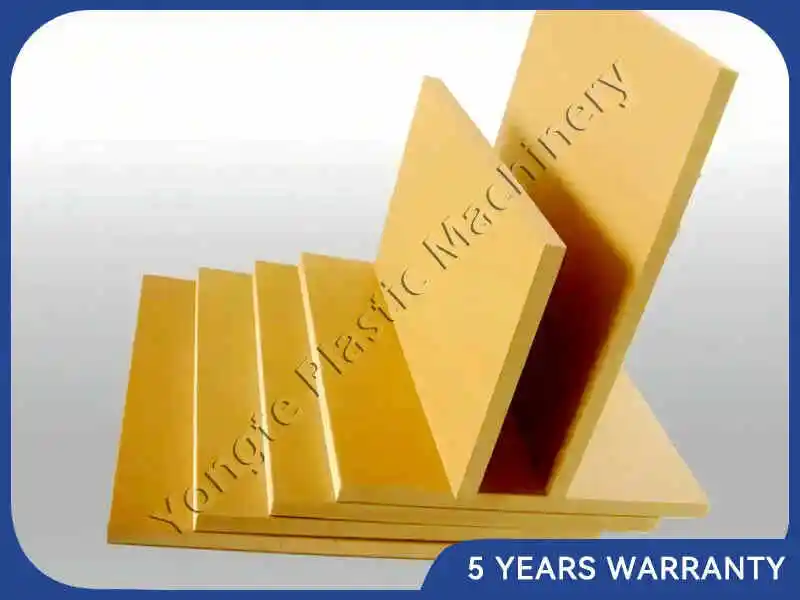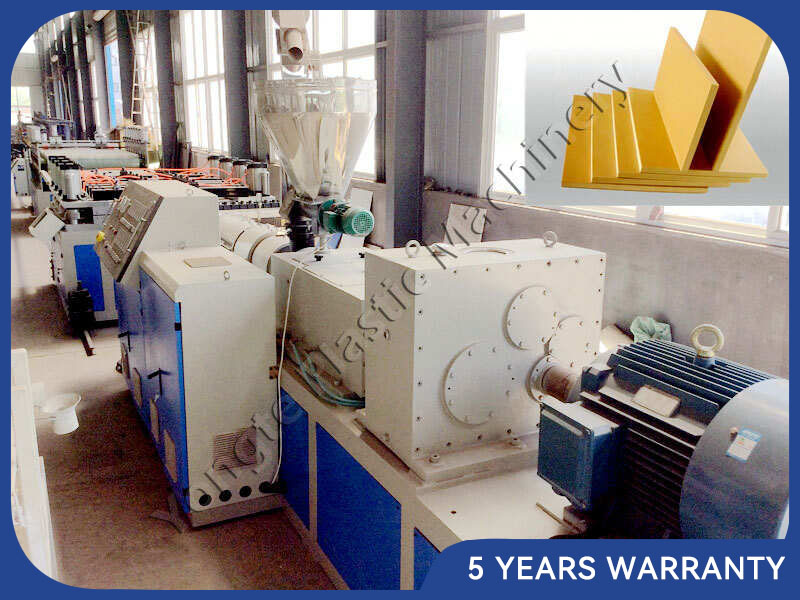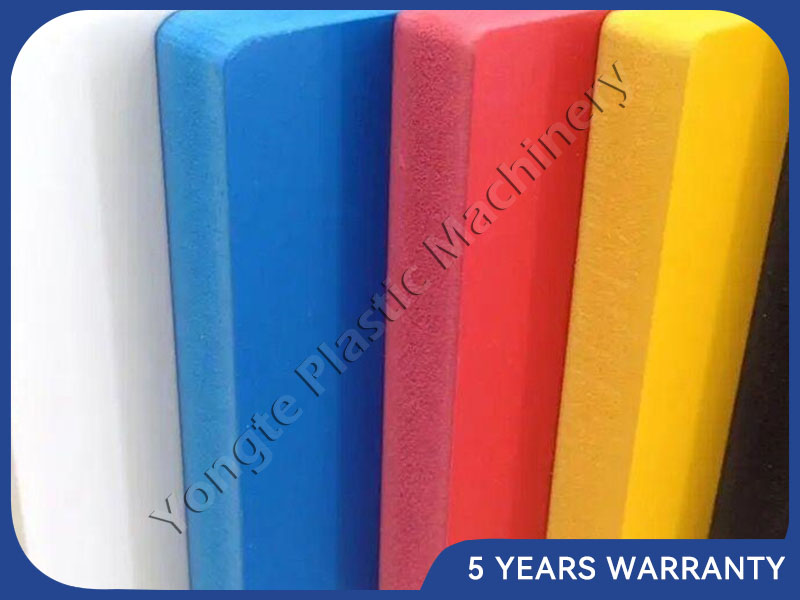In Europe, environmental awareness has been deeply integrated into all levels of social economy. From daily consumer choices to large-scale industrial production, the concept of sustainable development is everywhere. Against this background, WPC furniture boards, as an innovative material, are rapidly rising and becoming a force for change in the European furniture and decoration industry, reshaping the new pattern of environmental protection and economic development. WPC furniture boards are made of natural fibers and plastics. This unique formula gives it performance that exceeds traditional materials. From the perspective of physical properties, its elastic modulus is good, its compressive strength is 30%-50% higher than that of ordinary wood, and its bending strength is increased by about 40%. Surface hardness tests show that the hardness of WPC furniture boards is 2-5 times that of ordinary wood, which can effectively resist daily scratches. In terms of nail holding force, the tensile force that can be borne per square centimeter is 3 times that of traditional wood and 5 times that of particleboard, ensuring the stability of the furniture structure. In terms of dimensional stability, the thermal expansion coefficient of WPC furniture board is only 1/3-1/2 of that of wood. In an environment with large temperature and humidity changes, its deformation rate is much lower than that of wood, which effectively reduces the risk of cracking and deformation caused by environmental factors.

In terms of chemical properties, WPC furniture board also performs well. In the waterproof test, after 24 hours of immersion, its water absorption rate is only 1/10-1/5 of that of wood, and it has excellent waterproof and moisture-proof properties, which is particularly suitable for humid environments such as kitchens and bathrooms. The anti-insect test shows that in a simulated insect pest environment, the erosion rate of WPC furniture board is close to zero, while the erosion rate of ordinary wood is as high as 20%-30%. Its corrosion resistance is also extremely outstanding. In the acid and alkali solution immersion experiment, it can maintain stable material performance for a long time. At the same time, the surface of WPC furniture board is not easy to breed bacteria and mold. After professional testing, the antibacterial rate can reach more than 99%. In terms of processing technology, WPC furniture board has high flexibility. It can use cutting, drilling and splicing processes similar to wood, and the processing efficiency is comparable to that of traditional wood. At the same time, the injection molding and extrusion processes in plastic processing can also be used to produce parts with complex shapes, expanding the possibilities of design. There are various surface treatment methods, whether it is spray painting, film or printing, it can achieve the ideal decorative effect. In terms of environmental protection, wood-plastic furniture boards have significant advantages. Europe produces a large amount of plastic waste every year, and the emergence of wood-plastic furniture boards provides a new way to use these waste plastics. According to statistics, about 300-500 kilograms of waste plastics can be consumed for every cubic meter of wood-plastic furniture board produced, effectively reducing the environmental pressure caused by landfill and incineration of plastic waste. The energy consumption of its production process is reduced by about 20%-30% compared with traditional wood processing, and the product can be recycled and reused, and the formaldehyde emission is almost zero, which meets the most stringent environmental standards in Europe.

From an economic perspective, the market prospects of wood-plastic furniture boards are broad. As European consumers' environmental awareness increases, the demand for environmentally friendly furniture is growing. According to the Mordor Intelligence report, the European wood-plastic composite material market is expected to grow at a compound annual growth rate of more than 7.5% during the period 2025-2030. As an important application direction, the furniture field will provide a broad market space for wood-plastic furniture boards. In the long run, the raw material cost of wood-plastic furniture boards is relatively stable, its service life is 2-3 times longer than that of ordinary wood, and the maintenance cost is reduced by about 50%, with obvious comprehensive cost-effectiveness. In addition, the development of the wood-plastic furniture board industry has driven the coordinated development of upstream and downstream industries such as plastic recycling and fiber processing. It is estimated that every additional 100 million yuan in output value of wood-plastic furniture boards can drive the additional output value of related industries by about 200-300 million yuan and create a large number of jobs. With Europe's technological advantages in the field of environmentally friendly materials, wood-plastic furniture boards are highly competitive in the international market and have the potential to earn foreign exchange through export.

In the European market, the price of wood-plastic furniture boards varies due to a variety of factors. The price per square meter of ordinary specifications and medium-quality products is between 100-300 euros, the price of high-quality, well-known brands or special specifications can be as high as 500 euros or more, and the price of low-quality or small-brand products may be less than 80 euros. Despite the price difference, with its comprehensive advantages, wood-plastic furniture panels have become a popular choice in the European furniture and decoration materials market. Looking to the future, with the continuous advancement of technology, the production cost of wood-plastic furniture panels is expected to be further reduced, and the performance will continue to be optimized. As consumers' awareness of it continues to increase, wood-plastic furniture panels will continue to expand in the European market, deeply affecting the furniture and materials industry, and promoting Europe to stride forward towards the goal of green and sustainable development.